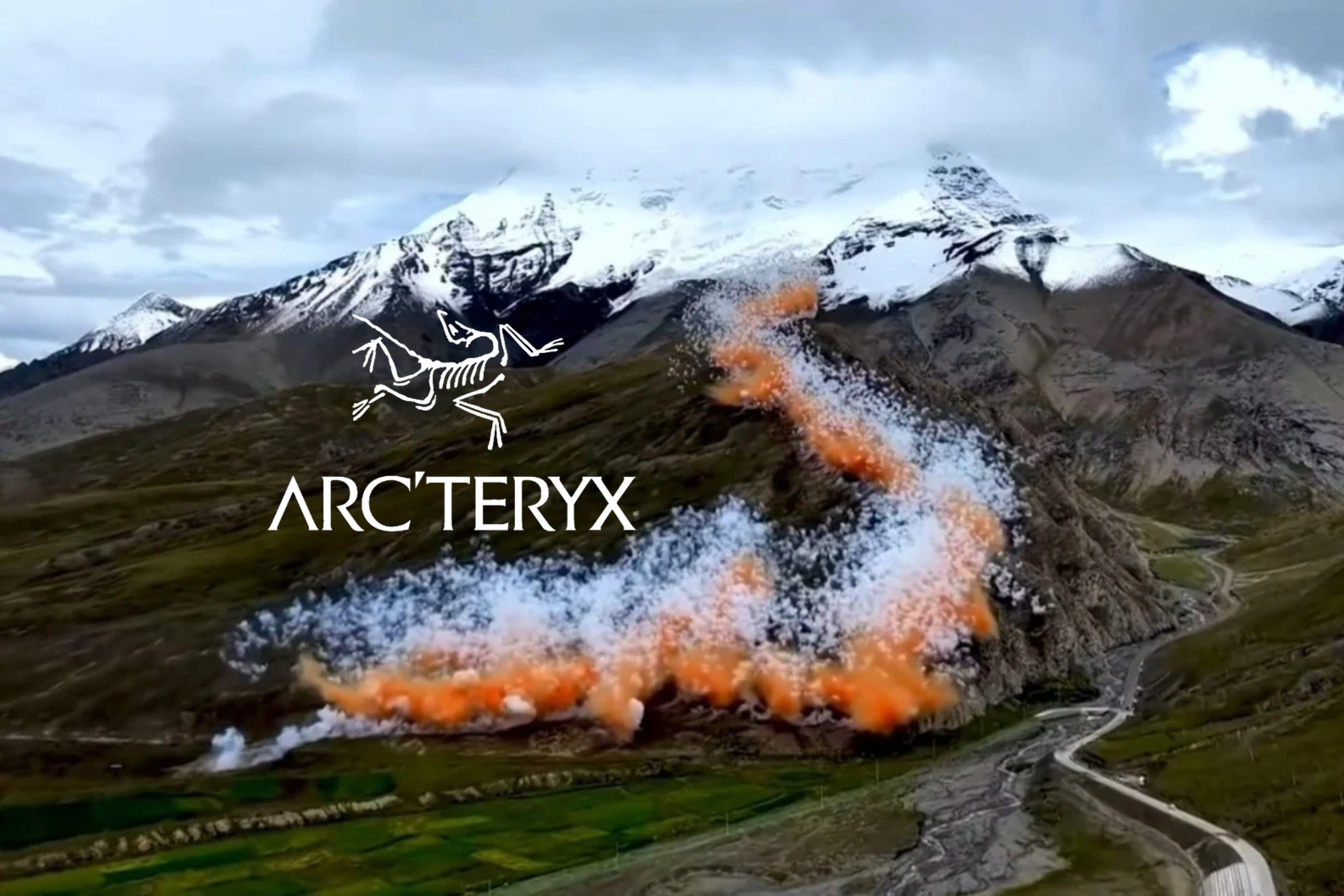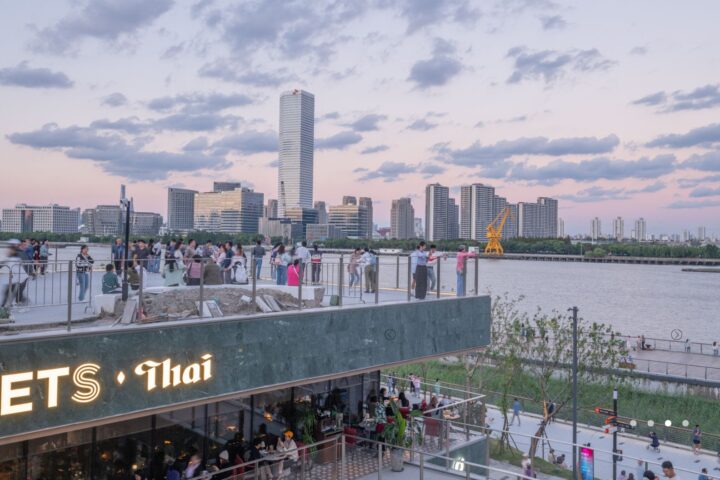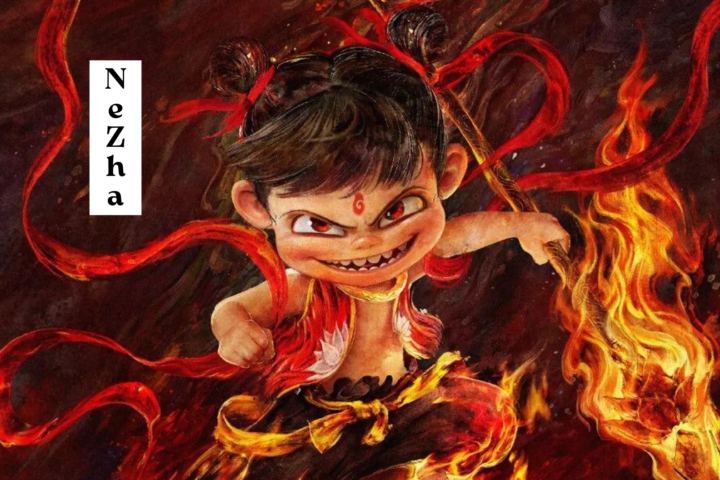When Cai Guoqiang and Arc’teryx lit up the Himalayas with their “Ascending Dragon” fireworks performance, the world didn’t see art—it saw an ecological spectacle on the spine of the planet.
It was marketed as a collaboration between a legendary artist and an outdoor brand that claims to worship nature. But what we really witnessed was the gap between slogans and actions in today’s branding playbook.
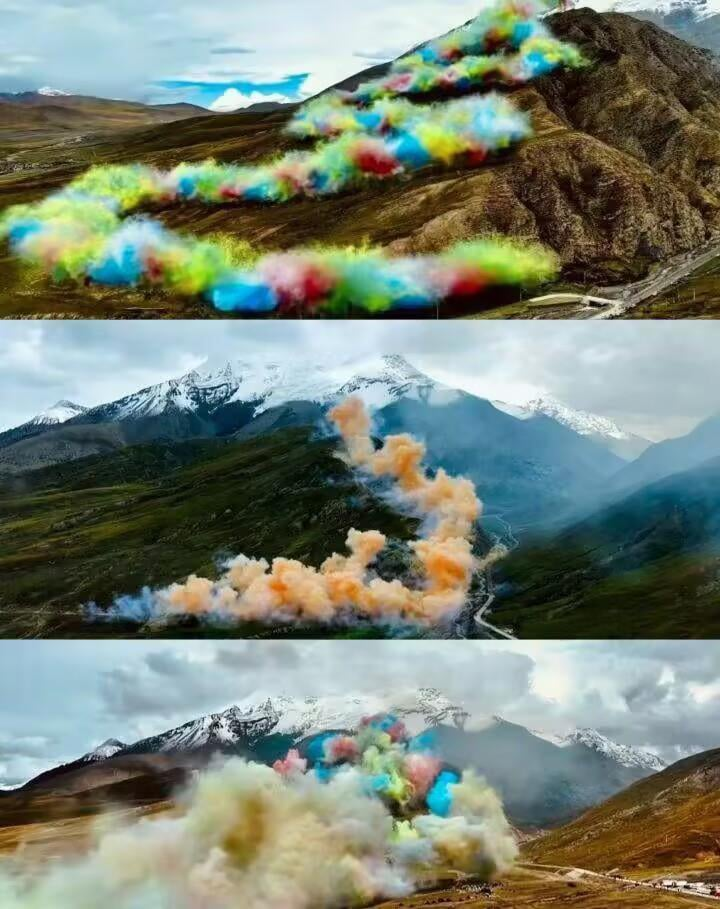
Cai Guoqiang’s “Ascending Dragon” firework piece, sponsored by Arc’teryx went off in southwestern Tibet on Friday. Photo: Handout
Arc’teryx has long styled itself as the “thinking mountaineer’s brand,” draped in the language of sustainability, authenticity, and reverence for the wild. Yet this performance betrayed how hollow those promises can be.
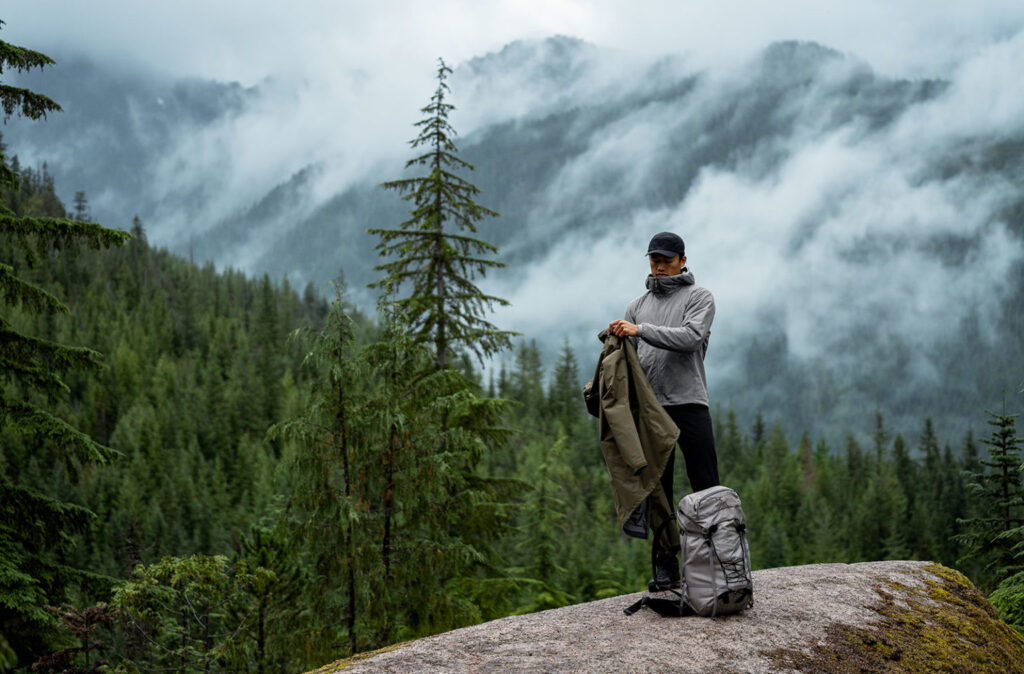
As said on its company's page, “At Arc’teryx, we design for the mountain athlete—climbing sheer rock faces, running rocky alpine trails, or heading deep into the snow-filled backcountry. We know that our very existence and reason for being hinges on our ability to protect and preserve our greatest natural resources.”
Stuart Haselden
CEO of Arc’teryx
Protecting nature is easy in a press release; living up to it when big names and viral headlines are on the line is an entirely different matter. One suspects that once “Cai Guoqiang” and “Everest” appeared in the same pitch deck, the campaign was rubber-stamped without hesitation. Who cares about delicate alpine ecosystems when you’re staring at guaranteed global media coverage?
Those who truly understand the outdoors have no interest in brand collaborations or so-called art shows that blow up mountains and disturb fragile ecosystems. Real respect for nature means letting it be—without interruption, without spectacle—allowing it to move at its own pace.
This event exposed a cruel reality, when art and business join forces, how a lack of reverence for nature and public sentiment can do harm to public’s trust and perception towards a brand.
The absurdity runs deeper. Officials and organizers justified the event by claiming they had scattered salt to “keep wildlife away.” We laugh because we know better. Ordinary people can’t even light a cigarette in a national park without fines—yet a pyrotechnic show at 5,500 meters gets swift approval and political blessing.
It feels like a grand demonstration of double standards: rules for the many, privileges for the few. If art and branding can clear these hurdles so easily, what’s next? A billionaire’s gender reveal party on Everest?
Cai Guoqiang has built his career on explosives, translating fireworks into cultural metaphors. But what’s missing here is the most basic ingredient of art in nature: respect. Art may challenge boundaries, but it should not treat fragile landscapes as disposable canvases for self-expression. Reverence for nature isn’t optional when your medium is the Earth itself.
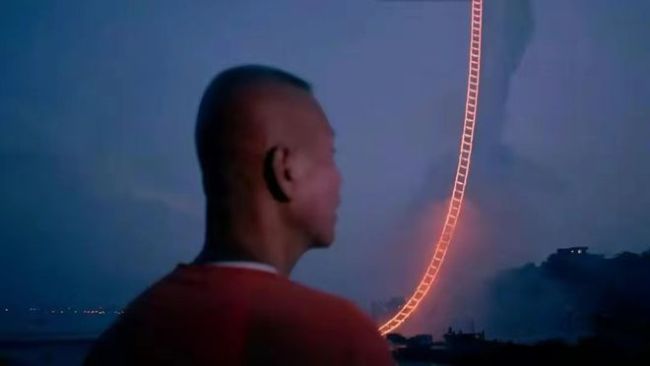
In June 2015, Cai Guoqiang completed the fireworks project “Sky Ladder” on the coast of Huiyu Island, Quanzhou, Fujian, as a tribute to his centenarian grandmother, parents, family, and homeland
For brands, the lesson is clear. Sustainability isn’t about clever slogans or cinematic collaborations. It’s about restraint, about the decisions you don’t make when tempted by spectacle. Outdoor brands in particular cannot afford to treat the wilderness as just another stage set. Consumers today are fluent in marketing language; they can smell the gap between purpose and practice.
The Himalayas didn’t need fireworks to be magnificent. And if a brand truly wants to stand for sustainability, it must choose the harder path: saying no to the easy headline, and yes to the long-term integrity of the mountains it claims to love.
